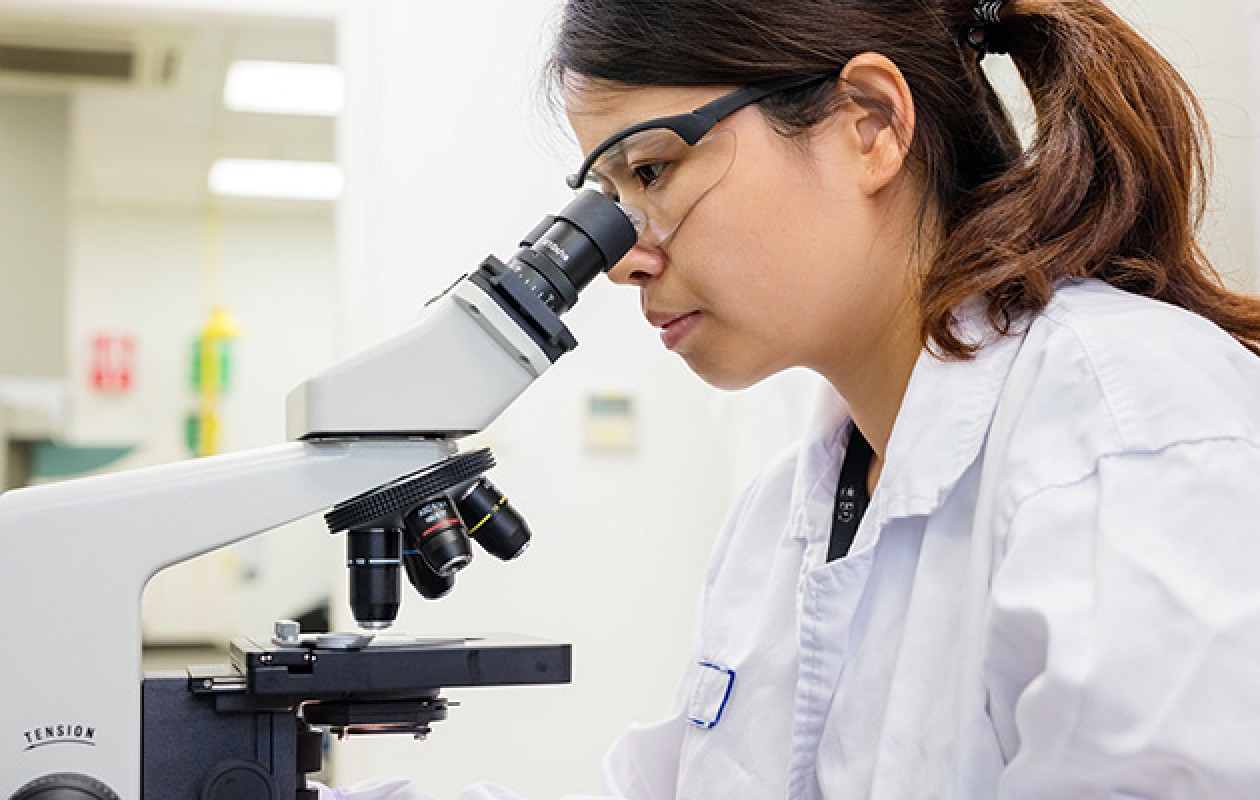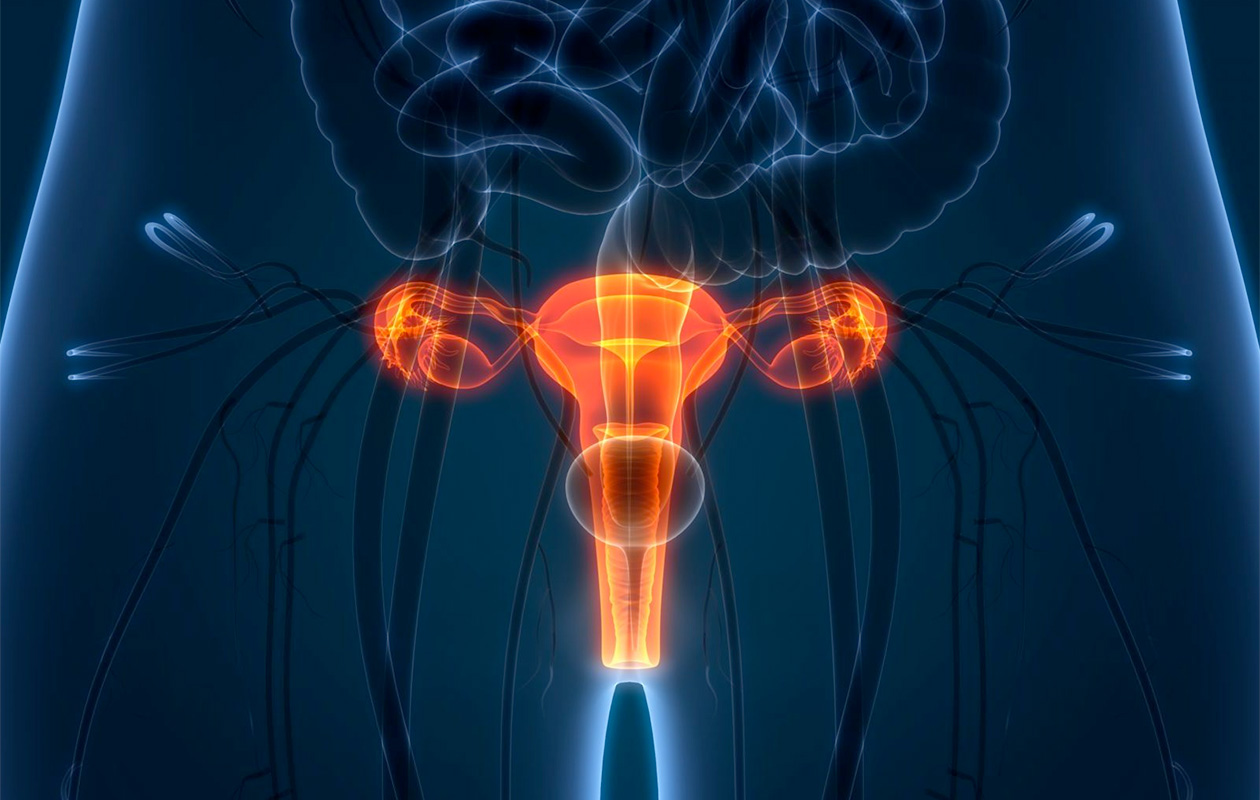Extended
genotyping:
Enabling healthcare professionals to more precisely identify the risk of cervical disease

The clinical value
of extended genotyping
“Extended genotyping” refers to those high-risk HPV types beyond types 16 and 18 that may impact patients and lead to high cervical disease risk.1
Extended genotyping enables risk and stratification1 persistence monitoring2,3 to help prevent more cases of cervical cancer.
As the vaccinated population increases, the prevalence of high-risk HPV types beyond 16 and 18 may change.
The BD Onclarity™ HPV Assay provides visibility into high-risk genotypes beyond HPV 16 and 18
The BD Onclarity™ HPV Assay enables risk stratification
Risk of cancer in women* with NILM cytology
3-year risk of cancer (future risk)
Individual identification of HPV 31 and HPV 45 matters
The value of HPV 31
The clinical importance of HPV 45
Extended genotyping helps monitor HPV genotype shifts
As the vaccinated population increases, the BD Onclarity™ HPV Assay may help monitor the changes in prevalence of high-risk HPV types.
Prevalence of high-risk HPV genotypes by age groups and vaccine status*8
The prevalence of vaccine-targeted genotypes (HPV 16 and 18) were significantly lower in vaccinated women compared to unvaccinated women.*8
A lower prevalence was also observed with HPV 31 and HPV 33, 58 due to a probable vaccine cross-protection.*8
The prevalence of the other 9 high-risk HPV genotypes (pooled results) were increased in vaccinated women.*8
Adapted from Wright TC et al. Gynecol Oncol. 2019;153(2):259-265.
*The majority of known vaccinated women (89.2%) received the 4vHPV vaccine, which targets HPV genotypes 6, 11, 16, and 18.
ASC-US, atypical squamous cells of undetermined significance; ≥ASC-US, atypical squamous cells of undetermined significance or greater; CI, confidence interval; CIN, cervical intraepithelial neoplasia; CIN1, cervical intraepithelial neoplasia grade 1; CIN2, cervical intraepithelial neoplasia grade 2; CIN3, cervical intraepithelial neoplasia grade 3; HPV, human papillomavirus; hrHPV, high-risk human papillomavirus; HSIL, high grade squamous intraepithelial lesion; LSIL, low grade squamous intraepithelial lesion; NILM, negative for intraepithelial lesions or malignancies; OR, odds ratio; SCC, squamous cell carcinoma; UNSAT, unsatisfactory cytology result; UNVACC, unvaccinated; VACC, vaccinated; VBA, verification bias adjustment.
1. Stoler et al. Gynecol Oncol. 2019;153(1):26-33. 2. Radley D et al. Hum Vaccin Immunother. 2016;12(3):768-772. 3. Elfgren K et al. Am J Obstet Gynecol. 2017;216(3):264.e1-7. 4. Schiffman M et al. Int J Cancer. 2016;139(11):2606-2615. 5. BD Data on file. 6. de Sanjose S et al. Lancet Oncol. 2010;11:1048-1056. 7. Bruni L et al. ICO/IARC Information Centre on HPV and Cancer (HPV Information Centre). Human Papillomavirus and Related Diseases in the World. Summary Report 22 January 2019. 8. Wright TC et al. Gynecol Oncol. 2019;153(2):259-265.



















